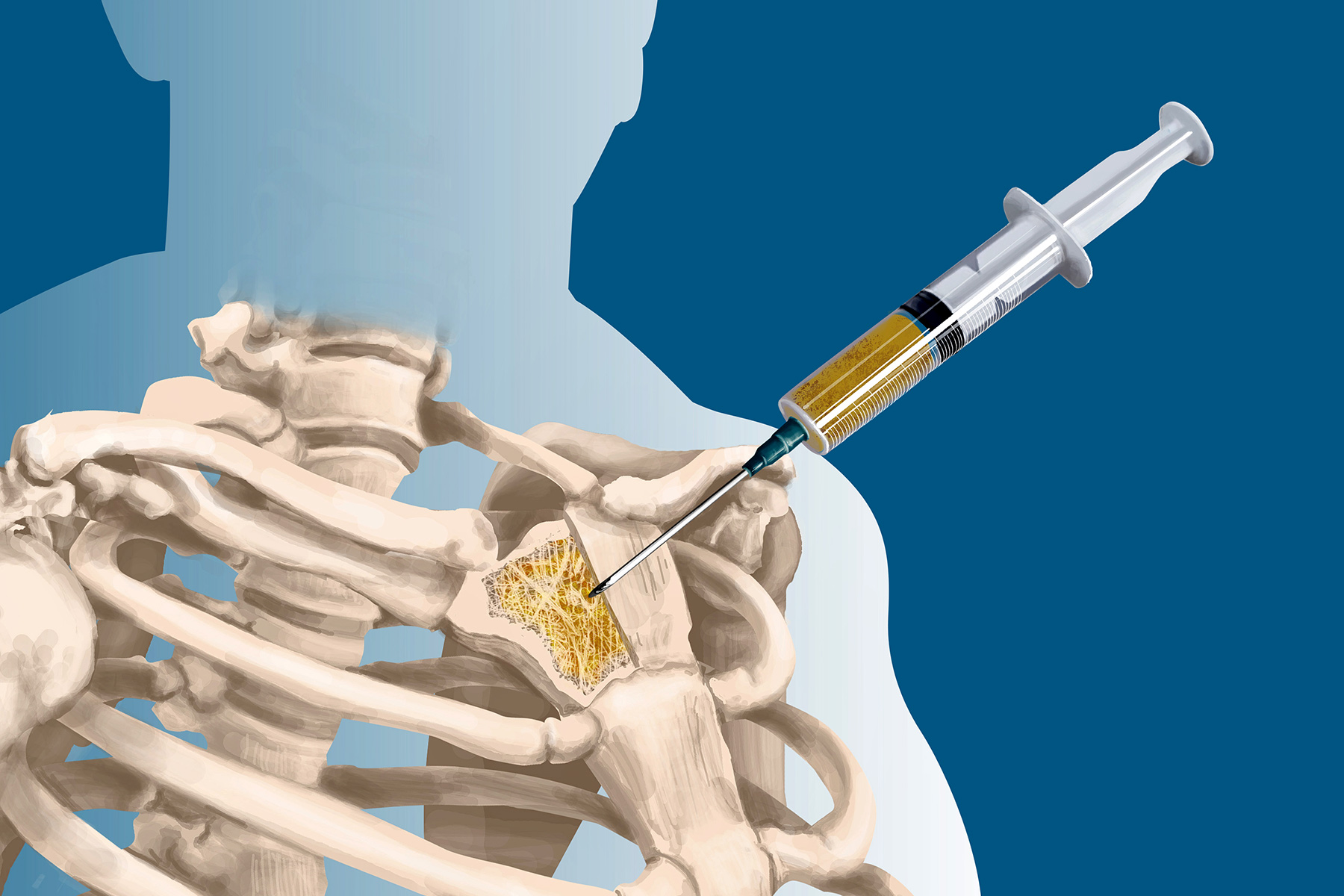Categories
- Bariatric Surgery (11)
- Black Fungus (5)
- Bone Marrow transplant (3)
- Brain Tumor Surgery Navigation Technology (20)
- Cardiac Surgery (66)
- Cardiology (97)
- Computer navigation technology for joint replacements (20)
- Covid Vaccination (17)
- Critical Care (2)
- Dental (19)
- Dermatology (31)
- Dialysis Support Group - “UTSAAH” (11)
- Dietitian (33)
- Emergency Medicine (4)
- Emotional Health (11)
- Endocrinology (33)
- ENT (20)
- Gastroenterology and GI Surgery (53)
- General and Laparoscopic Surgery (21)
- General Surgery (4)
- Gynecology & Obstetrics (183)
- Hematology (20)
- Internal Medicine (294)
- Kidney Transplant (50)
- Kidney Transplantation (20)
- Lung Cancer (8)
- Minimal Invasive Surgery (1)
- Mother & Child (20)
- mucormycosis (5)
- Nephrology (61)
- Neurology (147)
- Neurosurgery (68)
- Nutrition and Dietetics (107)
- Omicron Variant (1)
- Oncology (288)
- Ophthalmology (10)
- Orthopaedics & Joint Replacement (86)
- Paediatrics (59)
- Pediatric Nephrology (3)
- Physiotherapy (5)
- Plastic & Reconstructive Surgery (6)
- Psychiatry and Psychology (90)
- Psychologist (28)
- Pulmonology (72)
- Rheumatology (13)
- Spine Services (21)
- Transradial Angioplasty (16)
- Urology (84)
Query Form
Posted on Apr 19, 2022
Is Nipple Discharge Alarming?
Nipple discharge is often the primary symptom for which the patient seeks medical advice.
Evaluation of nipple discharge consists of detailed history taking and clinical examination to ascertain, whether the discharge is-
- Spontaneous or provoked
- Unilateral(one-sided) or bilateral(both breasts)
- Arising from single duct or multiple ducts
- Colour and character of discharge
- Blood staining
- Associated other symptoms like lumps, redness, breast pain
- Associated with pregnancy
- Associated drug history like psychotropic drugs, prolactin secreting tumours
The significance of nipple discharge rests upon whether it is physiological/harmless discharge or pathological/surgically significant discharge. A discharge which is true, spontaneous, persistent and non-lactational (not associated with breast feeding) is significant in nature.

The patient with nipple discharge should be further evaluated by following investigations-
- DIPSTIX for occult blood
- Fluid cytology- It can be adjunctive test, but does not rule out cancer.
- Imaging- Mammography can be useful tool for diagnosing associated lump, DCIS or microcalcification. While ultrasound can characterise underlying lump or cyst, abscess or galactocoele, any ductal dilatation, duct ectasia, or intraductal papilloma.
- Ductography- by cannulating pathological duct can be performed to delineate duct or intraductal lesions.
- Ductoscopy- rarely performed test due technical difficulties and equipment cost.
- Tissue diagnosis by core needle biopsy is essential in case of underlying lump or complex cyst which classifies as M3/U3 or BIRADS 3 and above on imaging.
Treatment
Physiological nipple discharge requires reassurance and conservative management, unless distressing for the patient. Histological examination must be performed for surgically significant discharges to rule out pre-cancerous lesions or cancer.
Surgical options-
- Single duct excision or Microdochectomy- is a more conservative option and sometimes serves as an excisional biopsy specimen. It preserves the nipple and breast feeding in younger women, yet to complete family.
- Total duct excision or Hadfield’s procedure- is the option for multiple duct involvement or multiple papillomas. It helps in preventing recurrent nipple discharge.
The management of nipple discharge would to incomplete without addressing underlying cause if any. Commonly associated diseases with nipple discharge are intraductal papilloma, fibrocystic disease of breast, advanced ductal ectasia and malignancy.



